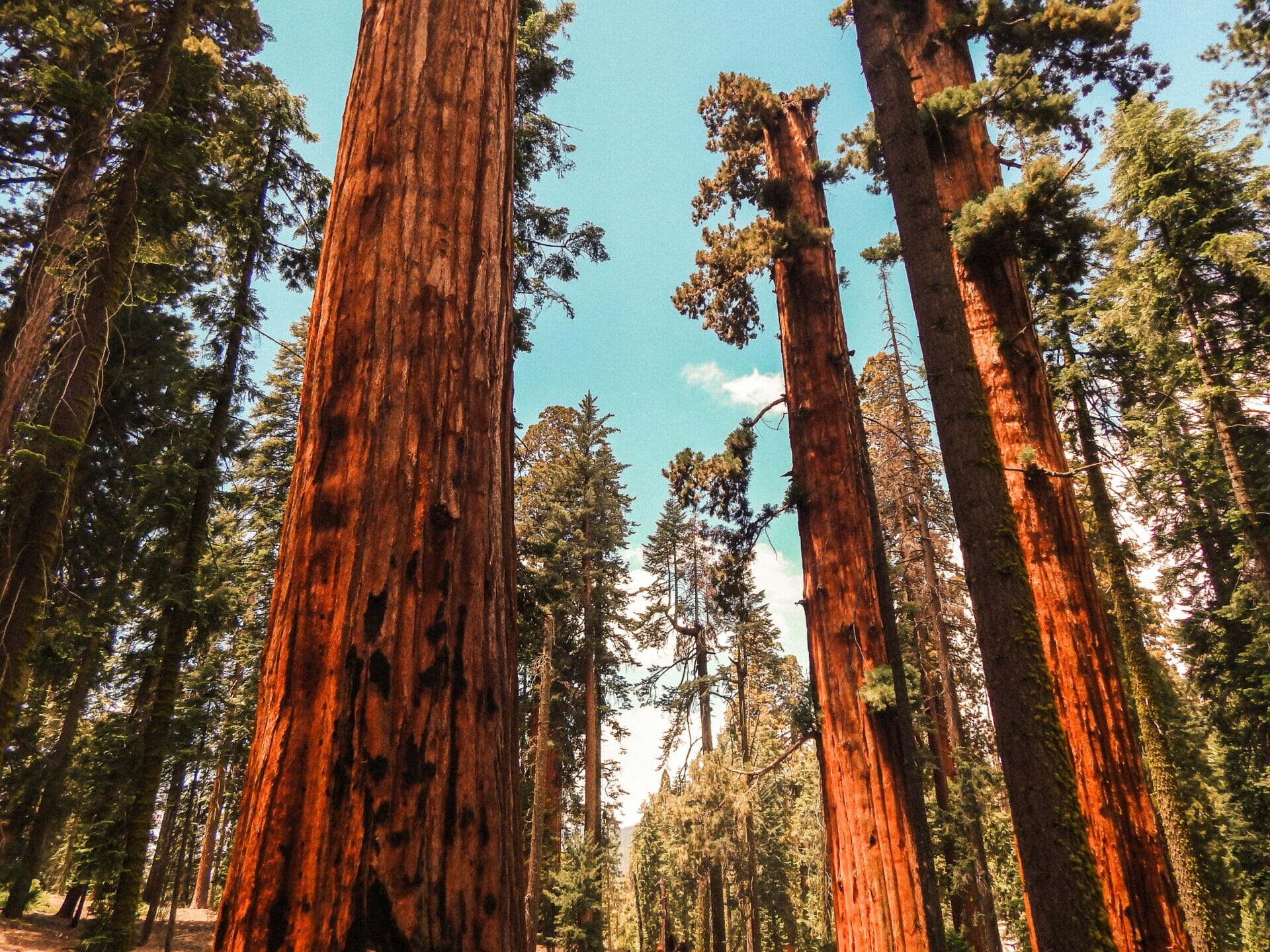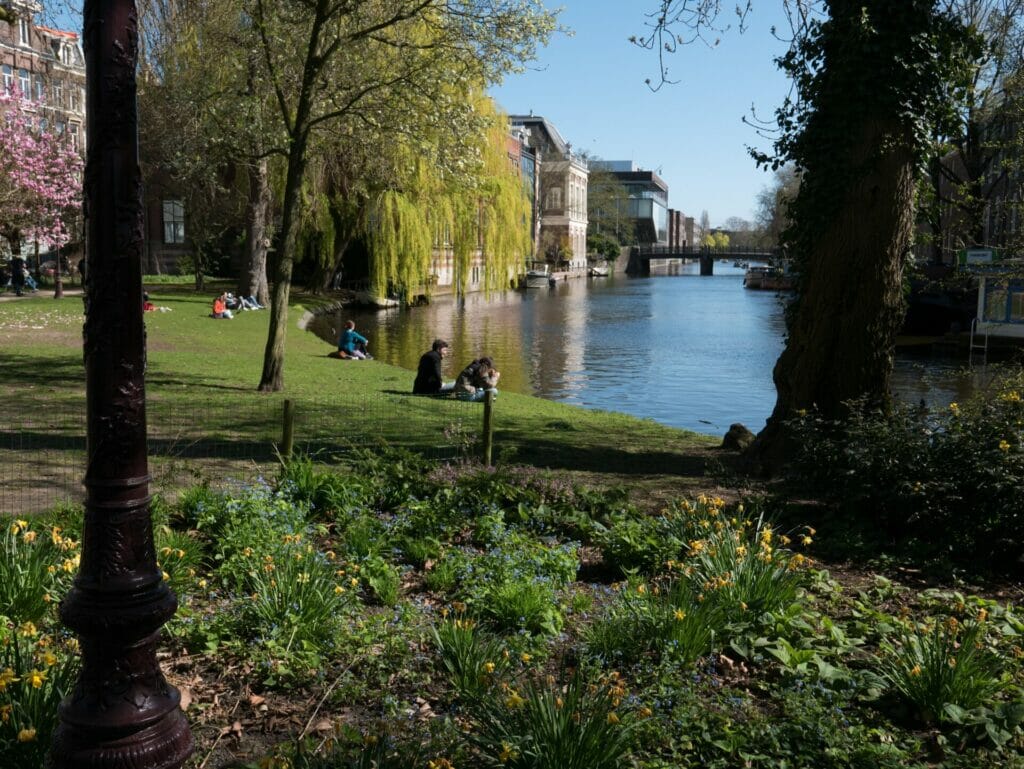
Tree and shade plan development resources

Tree and shade plan development resources
For any community interested in creating a Tree and Shade Plan Development plan, this resource listing includes toolkit examples, planting best practices and additional resources that will help to grow urban forestry in your community.
Tree and shade toolkits
This toolkit is designed to communicate the benefits of the urban forest and provide policy guidelines to enable municipalities to move toward achieving a sustainable urban ecosystem. Fact sheets about carbon dioxide, energy, air quality, water quality and runoff, economics, social benefits, and planting and maintenance describe the various benefits that urban trees provide in a form that is both understandable and informative. These fact sheets are reinforced with a policy guide, three case studies, an assessment of software tools, and a protocol that will better illustrate how cities can achieve healthy urban forests.
Read the full report here.
This guide made by the University of Florida for Hillsborough County discusses best practices for tree selection, planting, and maintenance.
View the website here.
This webpage is a portal to view Phoenix, AZ’s Tree and Shade Master Plan as well as other resources in the Phoenix Valley that facilitate tree planning, planting, and maintenance.
View the webpage here.
This webpage lists the City of Tempe’s urban forestry resources, including their Urban Forestry Masterplan.
Access the website here.
The City recognizes the value and benefits of the urban forest, and the need for an integrated and adaptive approach to hands-on maintenance and caring for our trees. To address the needs of Seattle’s urban forest, the City introduced the Urban Forest Management Plan in 2007 as a guiding document for action. This 30-year plan set a goal to increase Seattle’s canopy cover to 30 percent by 2037 and created a framework for City departments, non-profit organizations, residents, and the community as a whole to support efforts to maintain the urban forest.
View the plan here.
Planting guidelines
- Plant Lists and Resources – Rainwater Harvesting for Drylands and Beyond
- Sonoran Desert Native Plants – Abundant Desert
- Low Water Use Plant Lists – Arizona Department of Water Resources
- Tree Selection and Care – Arizona Department of Forestry and Fire Management
- Gardening Guide – Desert Botanical Garden
- Low-Water Trees – Arizona Municipal Water Users Association (AMWUA)
- Arizona Trees – Arizona Living Landscape and Design
- Planting Details and Specifications – International Society for Aboriculture
- Container Grown Tree Guide – Arizona Nursery Association
Edible trees
- Producing Edible Landscapes in Seattle’s Urban Forest
- Beacon Food Forest – Seattle, WA
- Linking Edible Arizona Forests (LEAF) Network
Community engagement and urban forestry
- Tree Owner Information – Trees Are Good
- Tree People
- Public Outreach Presentations – International Society of Aboriculture
- Building a Citizen-Agency Partnership Among Diverse Interests: The Colville National Forest and Northeast Washington Forestry Coalition Experience
- Policies and Politics in Urban Forestry: Involving Citizens in Municipal Urban Forestry Initiatives
Examples of municipal tree boards
- Michigan City, IN
- Hendersonville, NC
- Knoxville, TN
- Georgia Forestry Commission
- How to Grow a Great Tree Board – Arbor Day Foundation